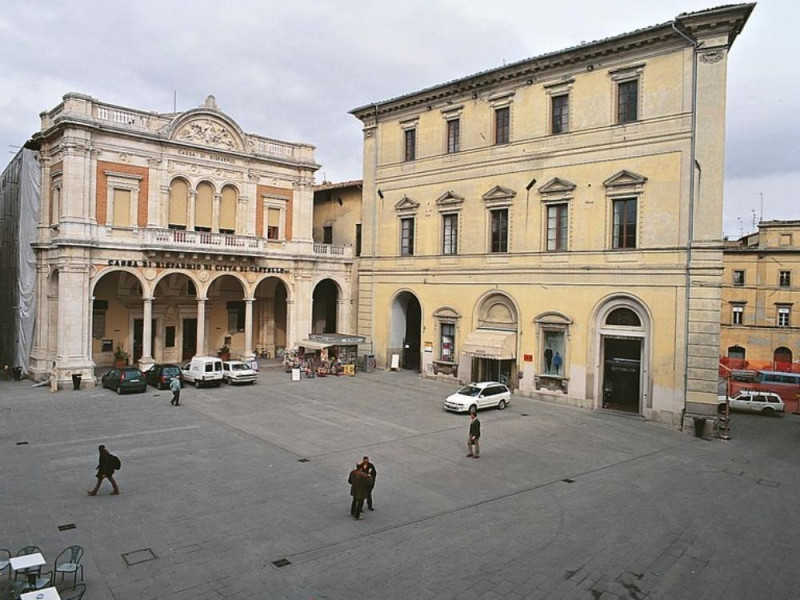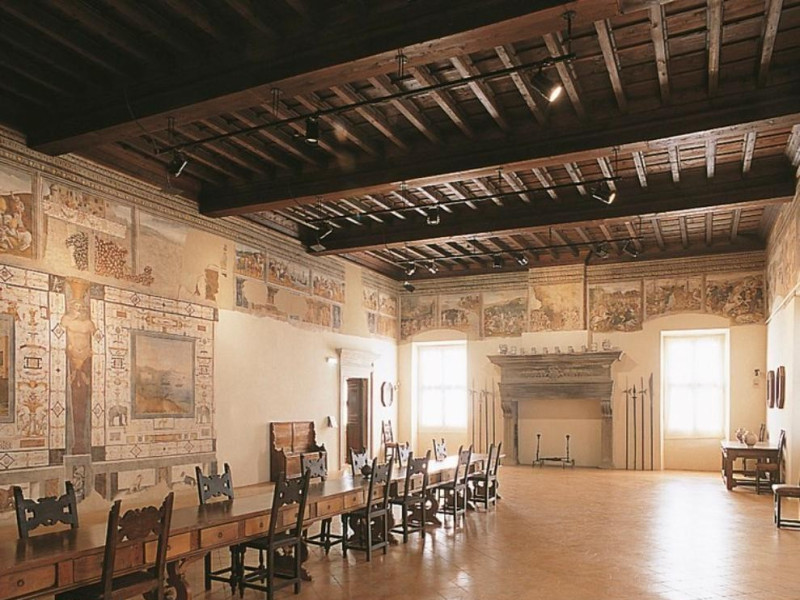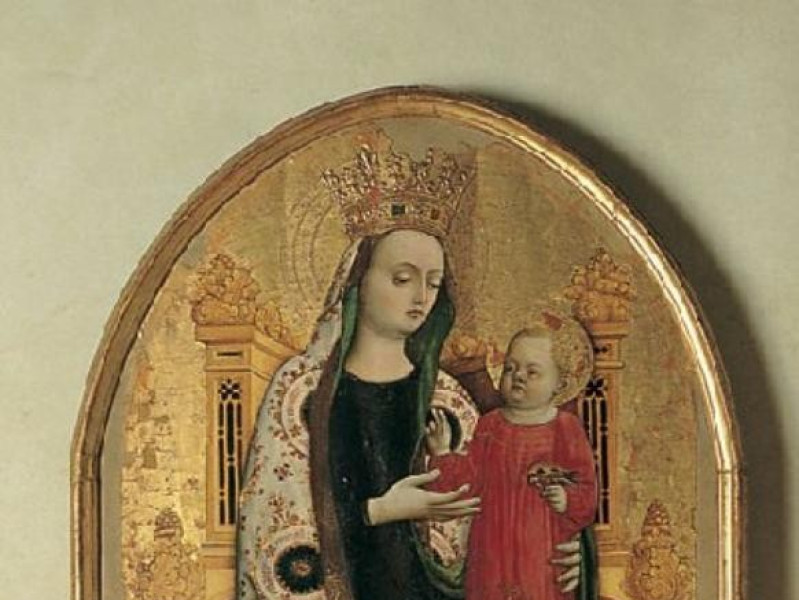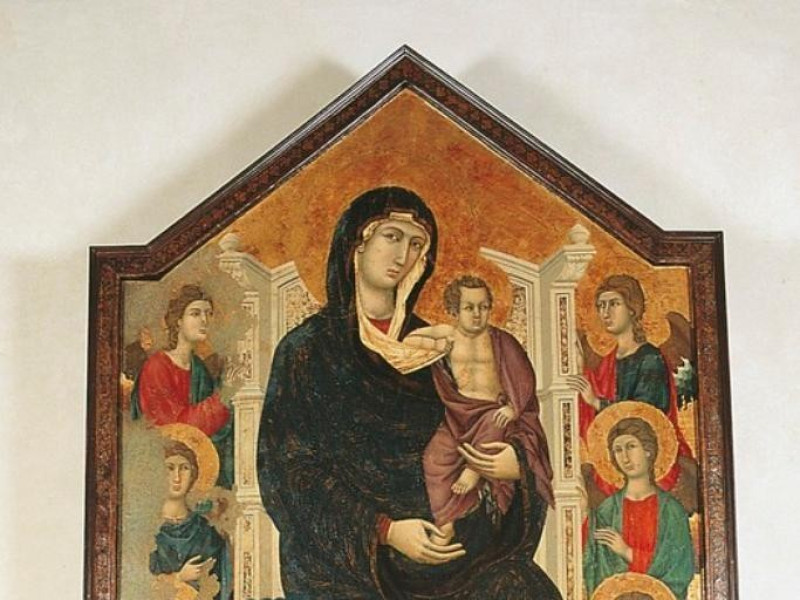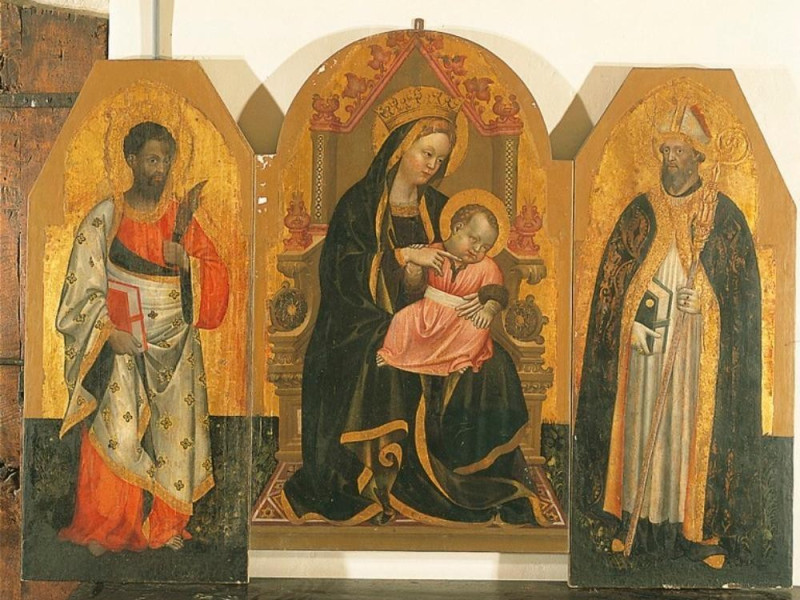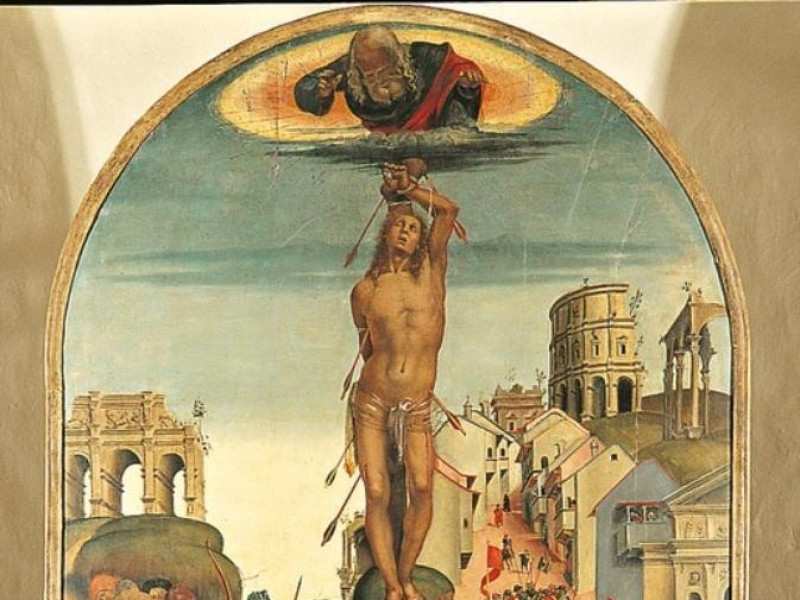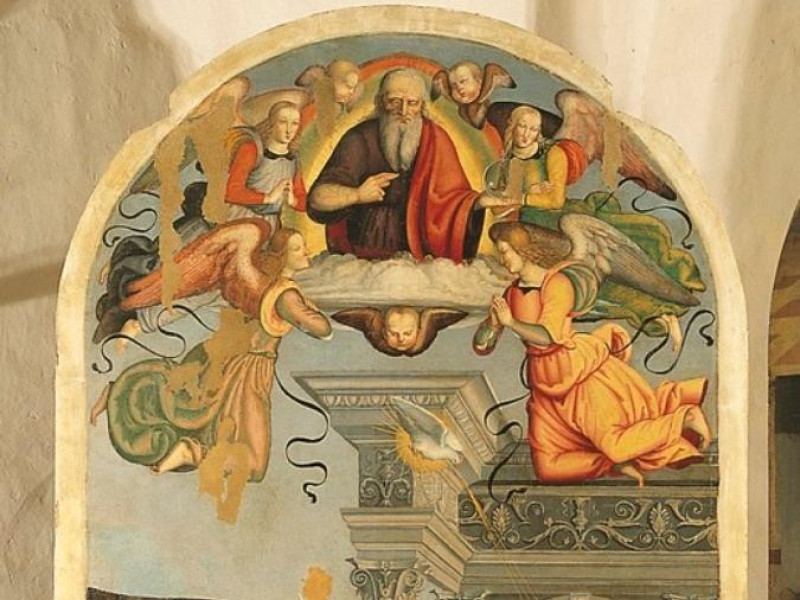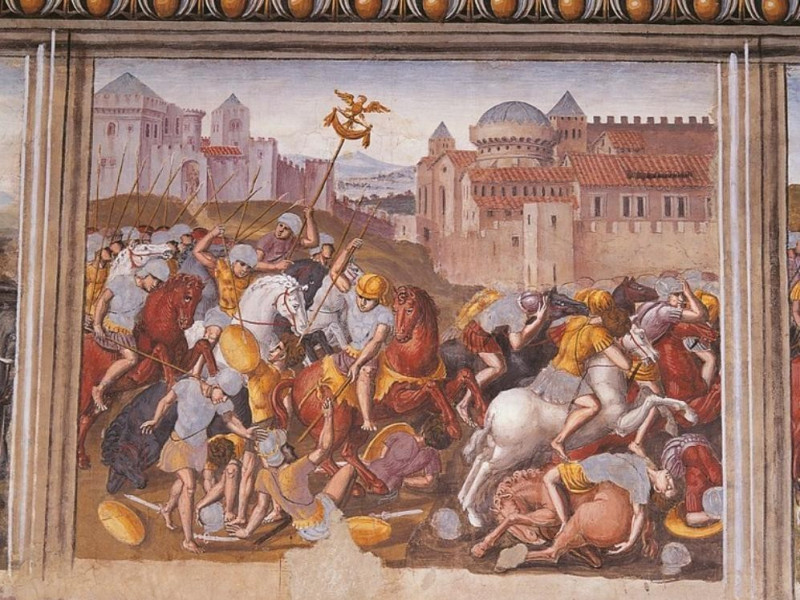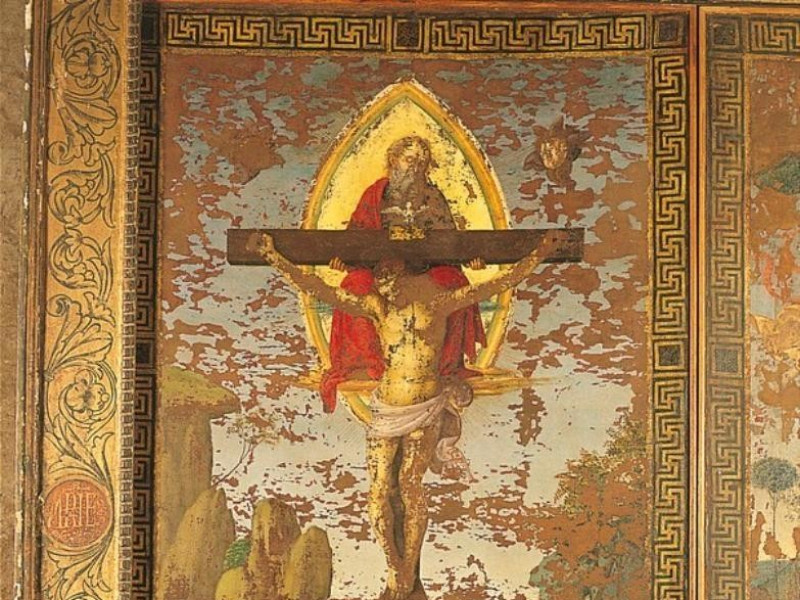Luogo - Museum
Pinacoteca comunale
Where
Via della Cannoniera, 22/A, Città di Castello (Perugia)
Civic Gallery
Palazzo Vitelli, seat of the Pinacoteca Comunale—the Civic Gallery—that reopened to the public in 1995, is located in the city center of Città di Castello, very close to the urban walls in Via della Cannoniera.
The sober Renaissance architectural style of the palace is enriched by elegant monochromatic frescoes of Cristoforo Gherardi on the façade towards the garden—probably done with the designs of Giorgio Vasari—
and by a portico towered over by a Loggia, in which there is a collection of sculptures, among them a number of terracotta by Andrea della Robbia.
Part of the decorations of the internal halls and rooms pertain to Gherardi but Cola dell’Amatrice also participated in it.
Subdivided into 26 rooms, to which further exhibit space is added for temporary displays, the Civic Gallerycollects works of art dating from the 14 to the 20 century, the majority of which were acquired as public
property as a consequence of the requisition after Italy’s reunification. These testify to the artistic vitality of the area, a crossroads of important means of communication and cultural exchanges between different areas, and to the artists held in high esteem and in large part from outside the area: Raphael, LucaSignorelli, Domenico Ghirlandaio, Andrea Della Robbia, Lorenzo Ghiberti, Antonio Vivarini, Raffaellino del
Colle, Pomarancio and Santi di Tito. Three important donations find their places in the rooms inaugurated in 2006: the gipsothèque of Elmo Palazzi (1871-1915), sculptor from Città di Castello; a collection of bronze
executed by Bruno Bartoccini (1910-2001); and the Collection Ruggeri, which gathers together some twenty paintings of Italian artists from the 1900s.
In the rooms in the semi-basement, a large Malacologic collection can be visited for free.
The Gallery furniture was not part of the original furnishings of the palace, but instead was part of the Elia Volpi donation to the Municipality of Città di Castello in 1912, and as owner of the edifice, he was responsible for the latest restoration work of the palace as well. Tables of typical 15 century Umbrian workmanship or of conventual provenance and chairs and high chairs, dating around the 17 and 18 centuries, are examples. The pieces of higher value and historical interest are the furniture of churches and
monasteries of fortified estates. The group of carved Gothic stalls with decorated inlaying is interesting. It isattributed to the workshop of the most famous Florentine woodworker of the early 15 century, Manno di
Benincasa Mannucci. The choir and the sacristy cabinet, signed and dated 1501, together with the huge carved and gilded sarcophagus that contained the body of the Beata Margherita are all among the best
evidence documenting the high quality of Umbrian manufacture at the end of the 16 century.
